Sustainable Living: Tips for Using Chicken Bedding as Mulch
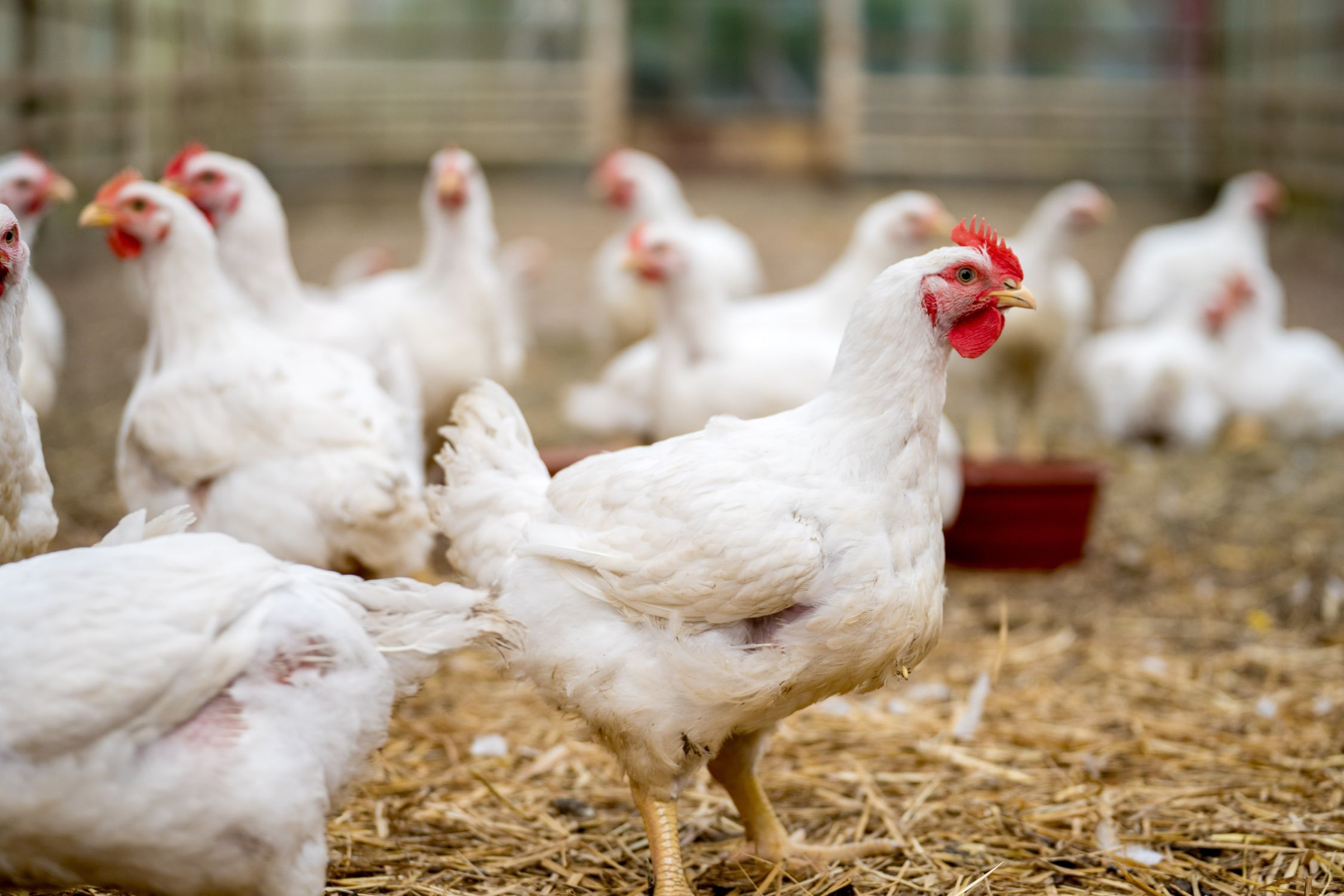
Chicken bedding is essential for keeping coops clean and managing animal waste. Read on to learn how you can use it to improve your garden’s health.

Chicken bedding is essential for keeping coops clean and managing animal waste. Read on to learn how you can use it to improve your garden’s health.
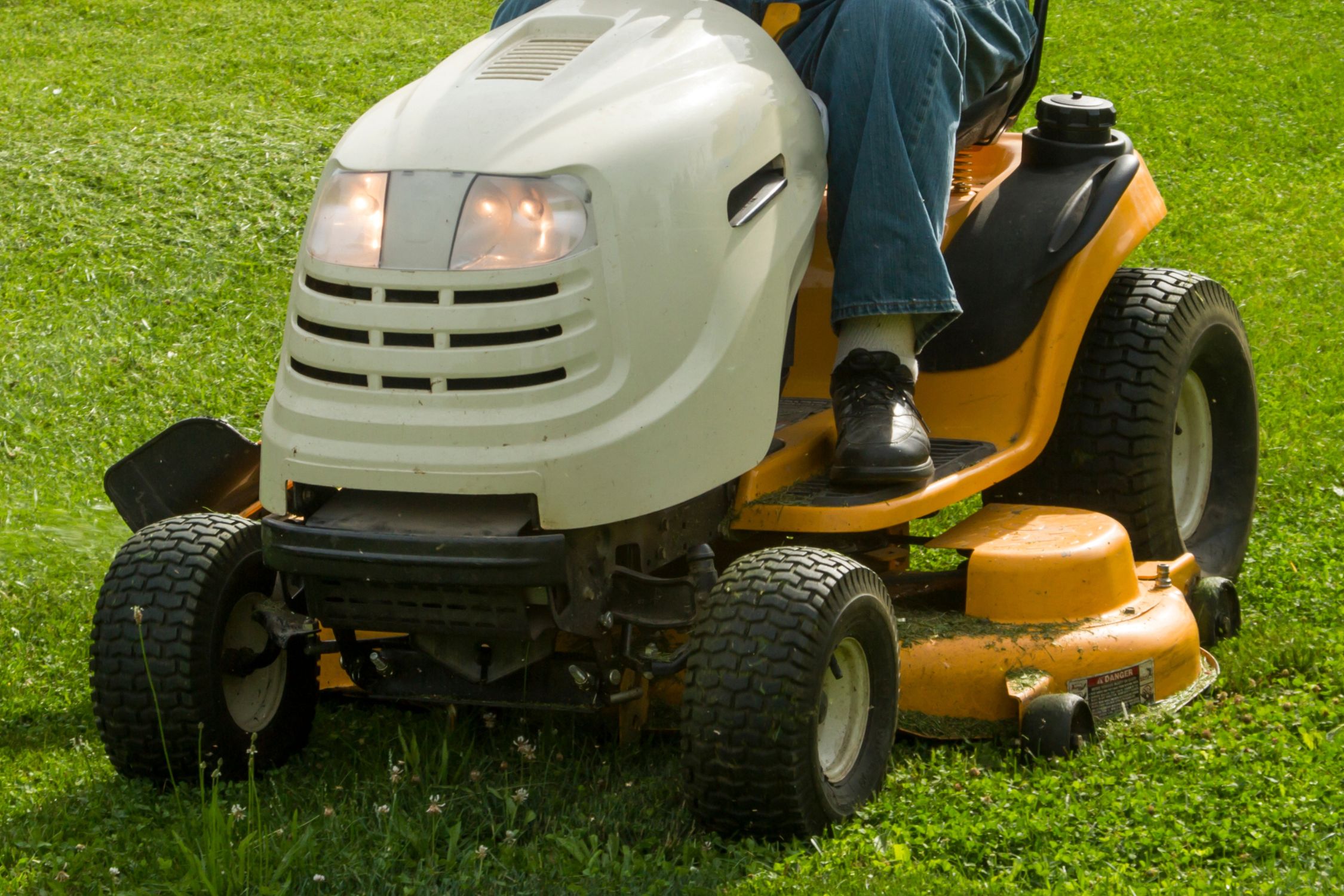
You must provide safety conditions for protection to ensure your backyard survives a cold winter. Discover winter maintenance tips for your backyard.
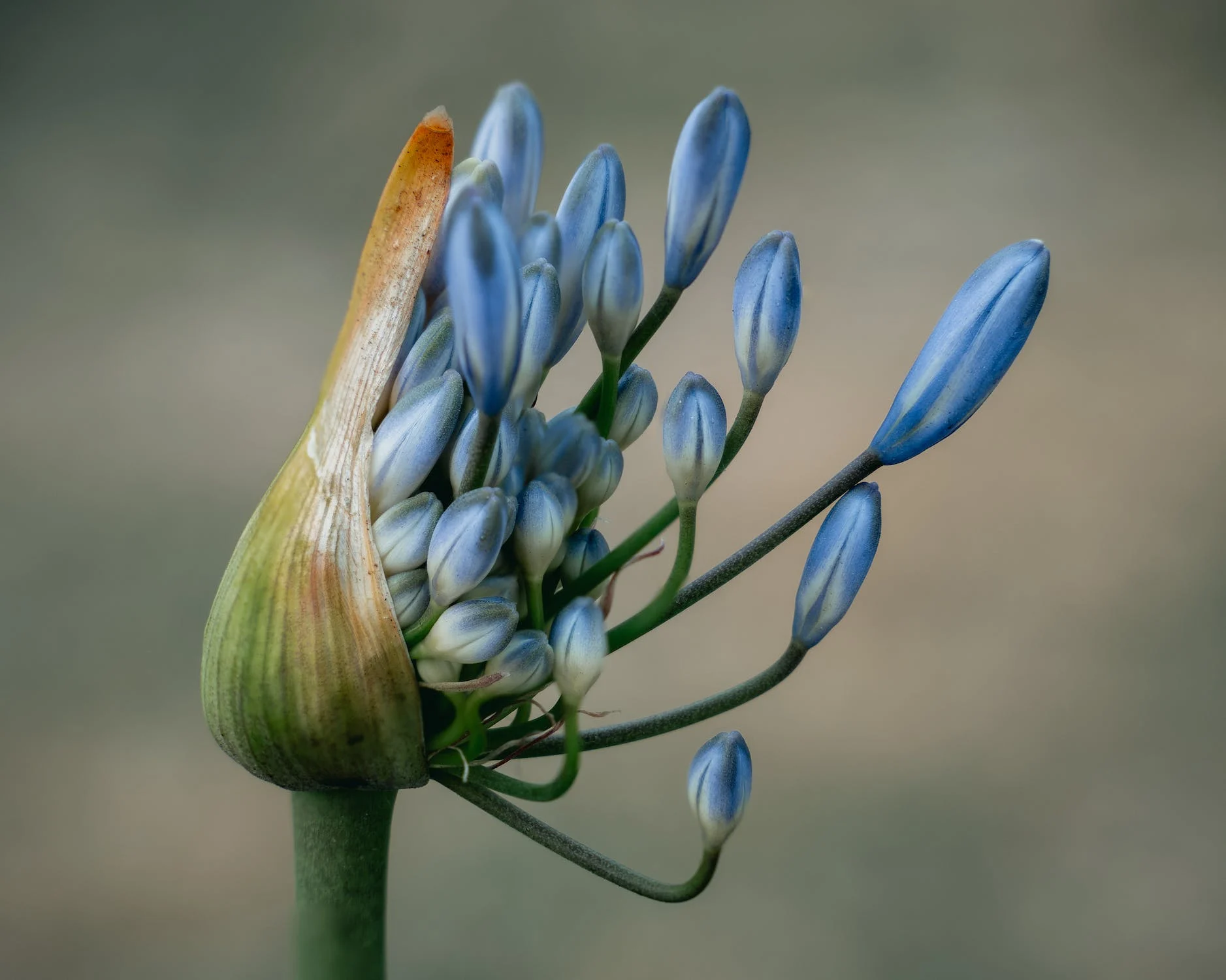
Planting Fall Bulbs: A Blooming Promise for Spring The fall season brings with it a unique opportunity for gardeners to invest in the future beauty of their landscapes. Planting fall bulbs is a cherished tradition among garden enthusiasts, promising an enchanting display of vibrant colors and fragrant blooms come spring. As the leaves begin to […]
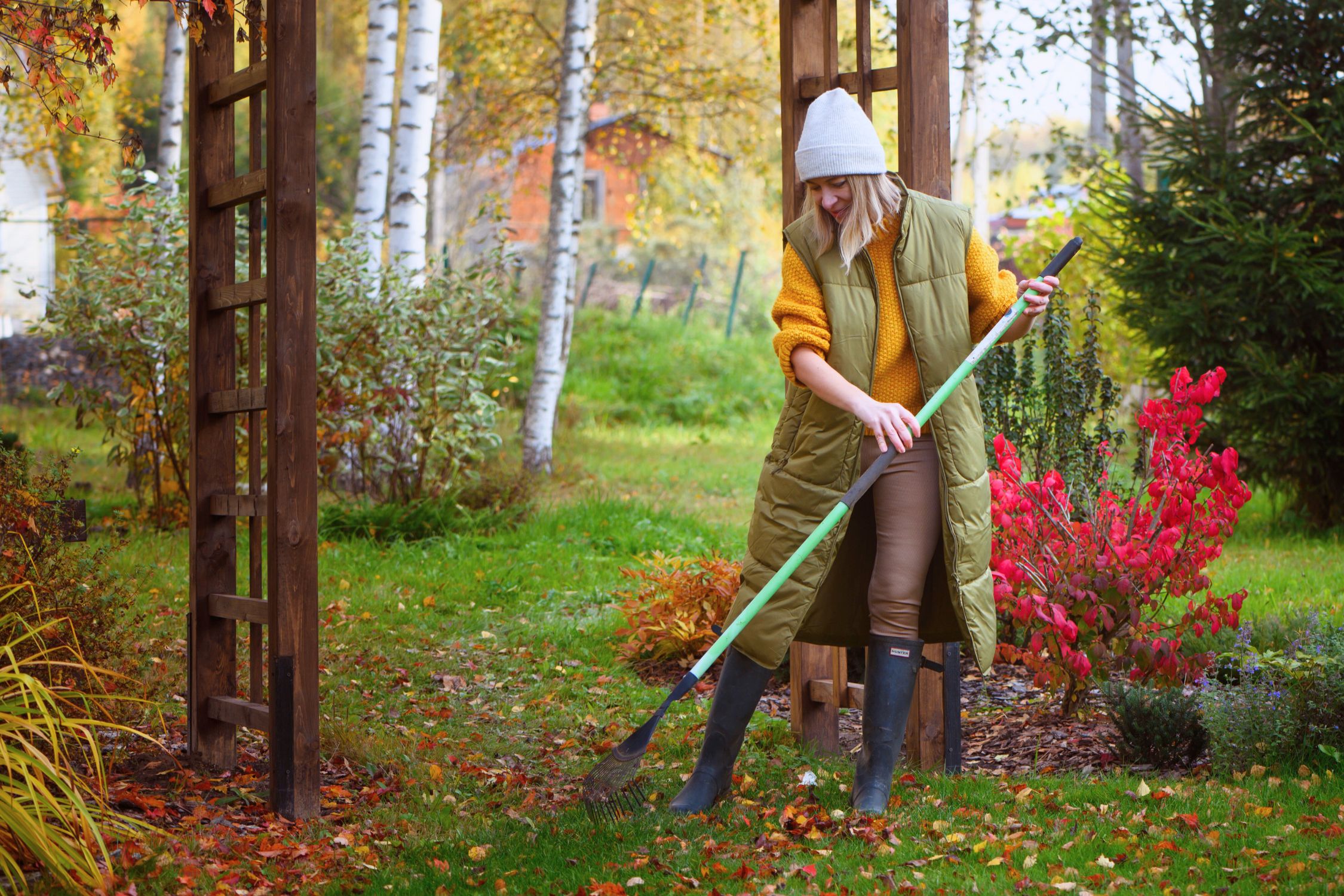
Tips To Keep Your Landscape Beautiful Year Round Have you ever dreamed of having a breathtaking landscape all year round? As the temperature drops, maintaining your outdoor space can become more difficult. However, we have some exciting news for you. Regardless of the time of year, you can achieve a stunning garden and landscape with […]
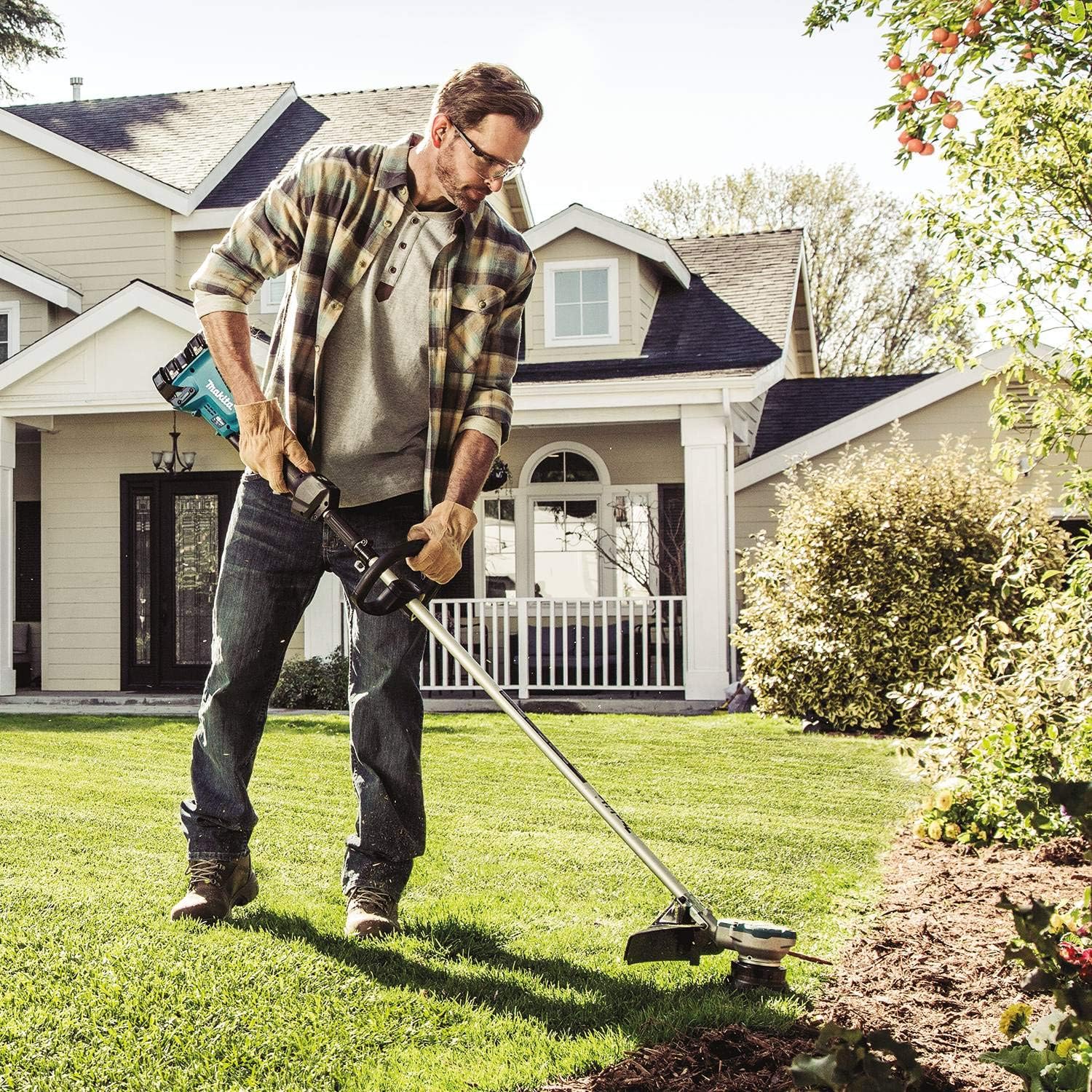
The Best Battery-Powered String Trimmers: Cutting-Edge Performance for Your Lawn Maintaining a well-manicured lawn is a point of pride for many homeowners. But it often requires the right tools to make the job efficient and enjoyable. One essential tool for lawn care enthusiasts is the string trimmer. A string trimmer helps you keep those edges […]